Quantity
Use 2gr of tea per 150ml of water.
Temperature
For the optimum infusion use 85°C <185°F> water.
If you like milk, use water at 100°C <212°F>
Brew Time
Infuse for 1 – 3 minutes, tasting regularly.
Enjoy
Sip hot or top with ice for iced tea
The 422.99-carat Logan sapphire, on display at the National Museum of History in Washington, D.C., may be the most well-known sapphire in the world, but it is far from being the oldest. According to folklore, the ancient Jewish tribe of Issachar had such a gem encrusted in their holy robe, the Ephod. Some scholars think that the Hebrew term sapir, which is translated as “sapphire” in English, is the original name for this gem.
According to legend, this stone was lost by the tribe sometime between the departure from Egypt and the crossing of the Red Sea. After being secretly removed from Egypt, it was moved from settlement to settlement, eventually making its way over jungles and deserts to its destination. Rift Valley, Kenya, among the verdant hills. Despite the best efforts of local treasure hunters, no one has ever discovered the location of the old stone that was once thought to equal Logan’s in terms of beauty. Some believe leopards guard it, while others claim lightning strikes anybody who ventures too close. The big sapphire has never been found.
If you doubt the lightning idea, take a trip to the Rift Valley. As a result of the strange climate, strikes occur frequently in the area. One of the most productive tea-growing areas in Kenya is called The Land of Lightening in Swahili, or Tinderet. Moreover, some of the best teas in all of Africa are grown in the Tinderet region. We provide a tea that can live up to the old stone’s mythology. Teas with the sparkling Sapphire name are typical of the high quality found in the harvests from Kenya’s finest plantations. The spirits have a clear, brilliant colour that leans towards amber. The cup is unrivalled in quality, with a smooth, softly malty body, sweet touches of astringency, and hints of jammy toast from the baking process. Cornflower petals were added to the finely graded leaf to offer visual appeal and a neutral, mellow character, resembling the deep blue colour of the sapphire.
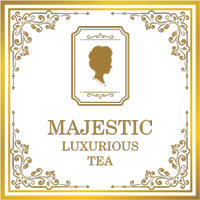

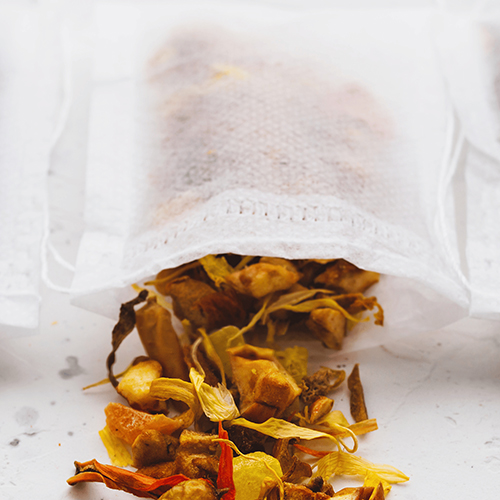
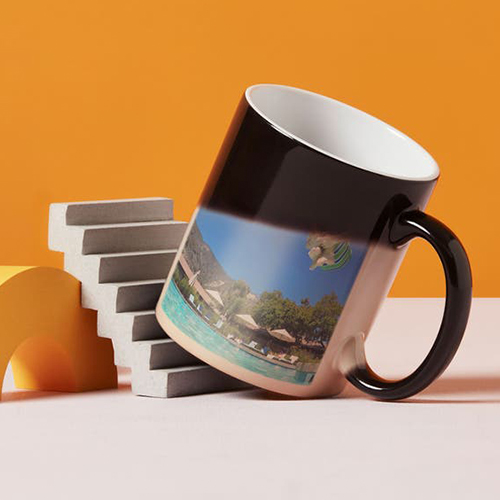

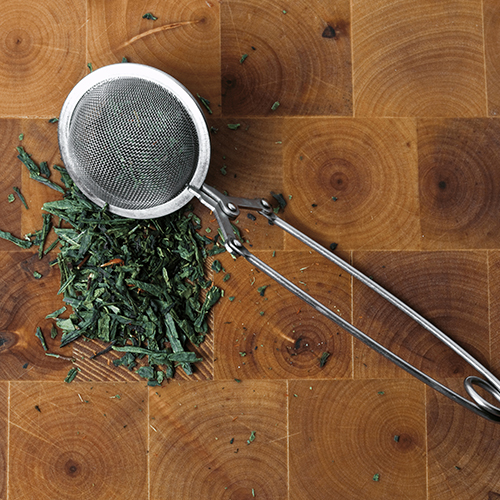
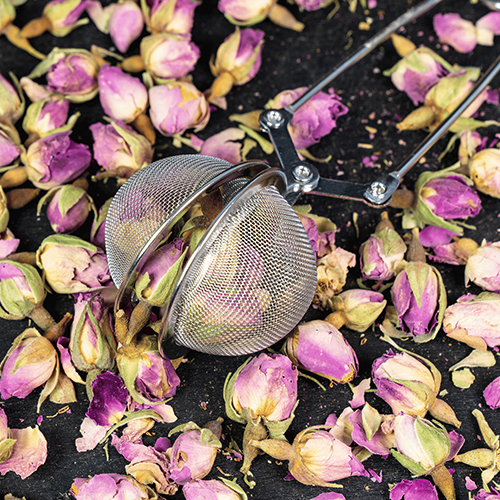

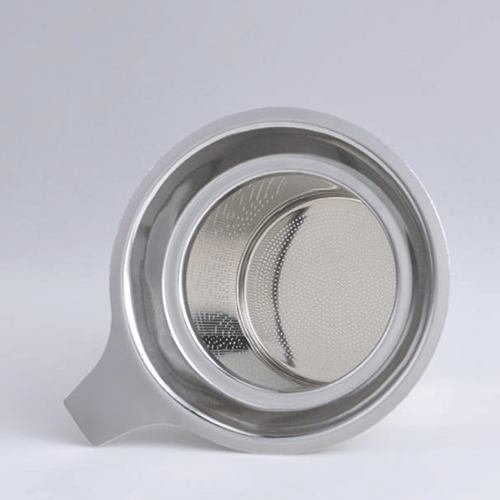
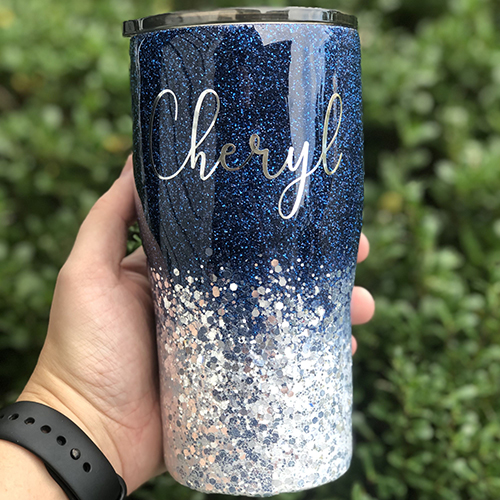
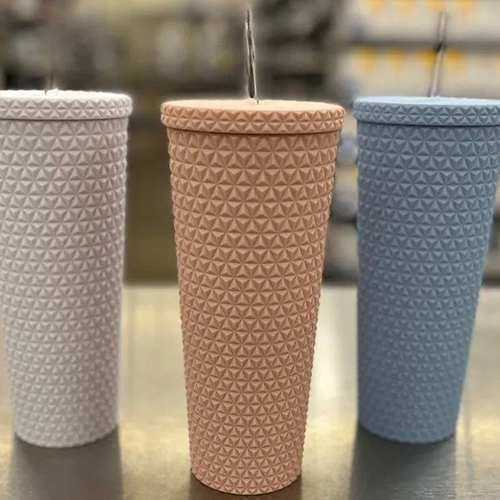
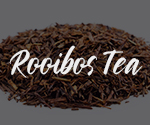
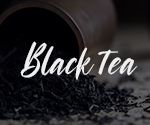
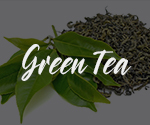
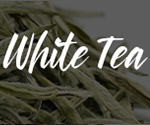

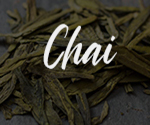
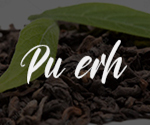
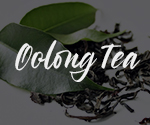
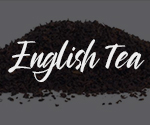
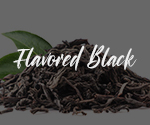


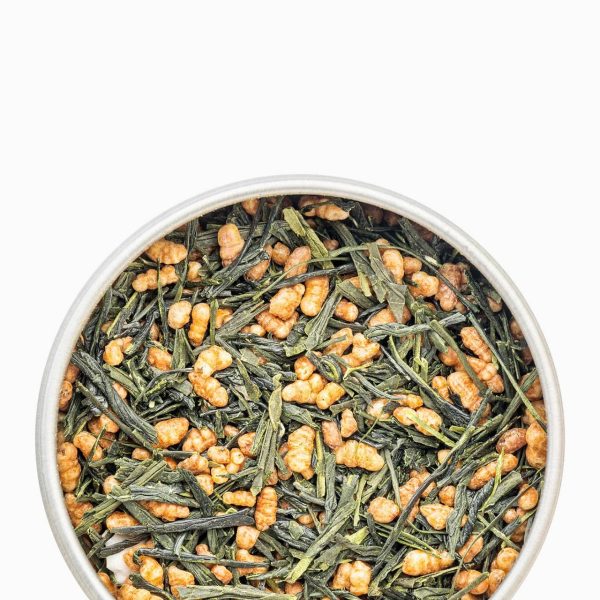
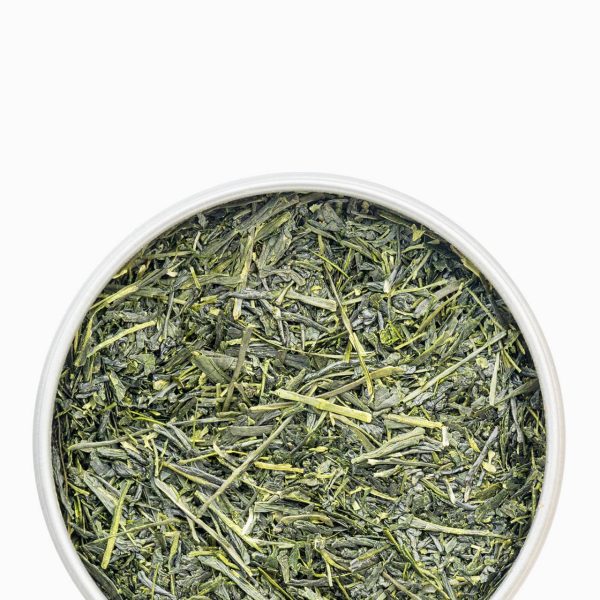

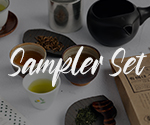





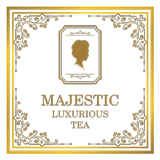

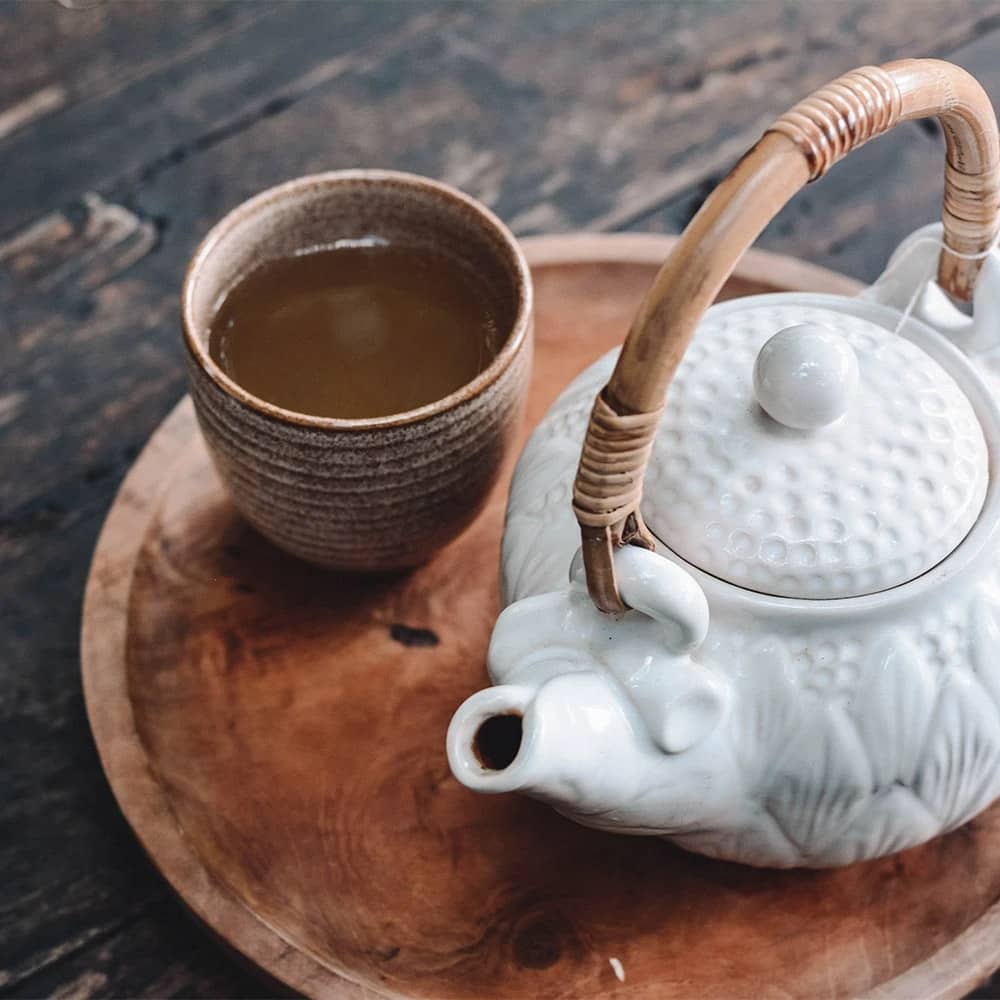
Reviews
There are no reviews yet.